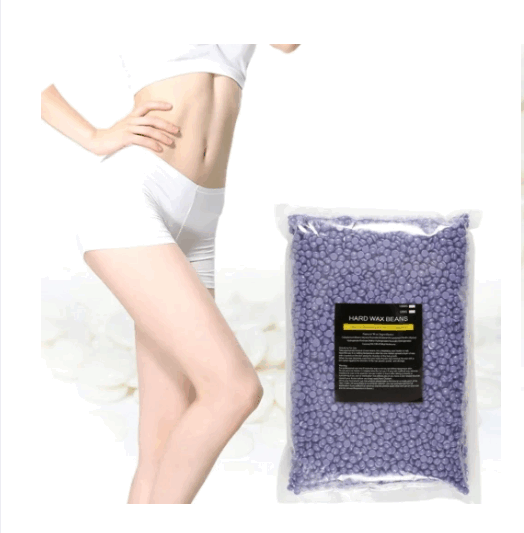Best Quality Wax For Hair Removal, when used properly and following the recommended instructions, is generally considered safe for most people. However, like any cosmetic or personal care product, there are potential risks and considerations to keep in mind. Here are some factors to consider regarding the potential harm to health when using Hair Removal Wax:

Skin Irritation: Hair removal wax can cause temporary skin irritation, redness, and inflammation. This is a normal reaction as the wax adheres to the skin and hair follicles are pulled out. People with sensitive skin or certain skin conditions, such as eczema or psoriasis, may be more prone to experiencing skin irritation. Burns or Blisters: If the wax is heated to a temperature that is too high or if it is applied to the skin too hot, it can cause burns or blisters. It is important to follow the instructions carefully and test the wax's temperature before applying it to a larger area. Allergic Reactions: Some individuals may have an allergic reaction to the ingredients in Body Hair Removal Wax. Allergies can vary from person to person, so it is essential to check the product's ingredient list for any known allergens or perform a patch test before using it on a larger area. Infections: Improper hygiene or using contaminated waxing equipment can potentially lead to infections. It is crucial to ensure that the wax, applicators, and any reusable equipment are properly cleaned and sanitized before use. Skin Damage: If the wax is not applied or removed correctly, it can result in skin damage, such as bruising, tearing, or lifting of the skin. It is advisable to seek professional assistance or educate yourself on proper waxing techniques to minimize the risk of injury.

Sun Sensitivity: After waxing, the skin may become more sensitive to sunlight, making it more prone to sunburn. It is recommended to avoid sun exposure immediately after waxing and use sun protection measures, such as applying sunscreen and wearing protective clothing. Ingrown Hairs: Waxing can sometimes cause ingrown hairs, especially if the hair breaks off or is not removed completely. Proper exfoliation and skincare routine can help prevent and manage ingrown hairs. It is important to note that individual experiences may vary, and some people may be more susceptible to certain risks than others. If you have any specific concerns about using hair removal wax or if you have any pre-existing skin conditions, it is advisable to consult a dermatologist or healthcare professional before proceeding. They can provide personalized advice and guidance based on your unique circumstances.




